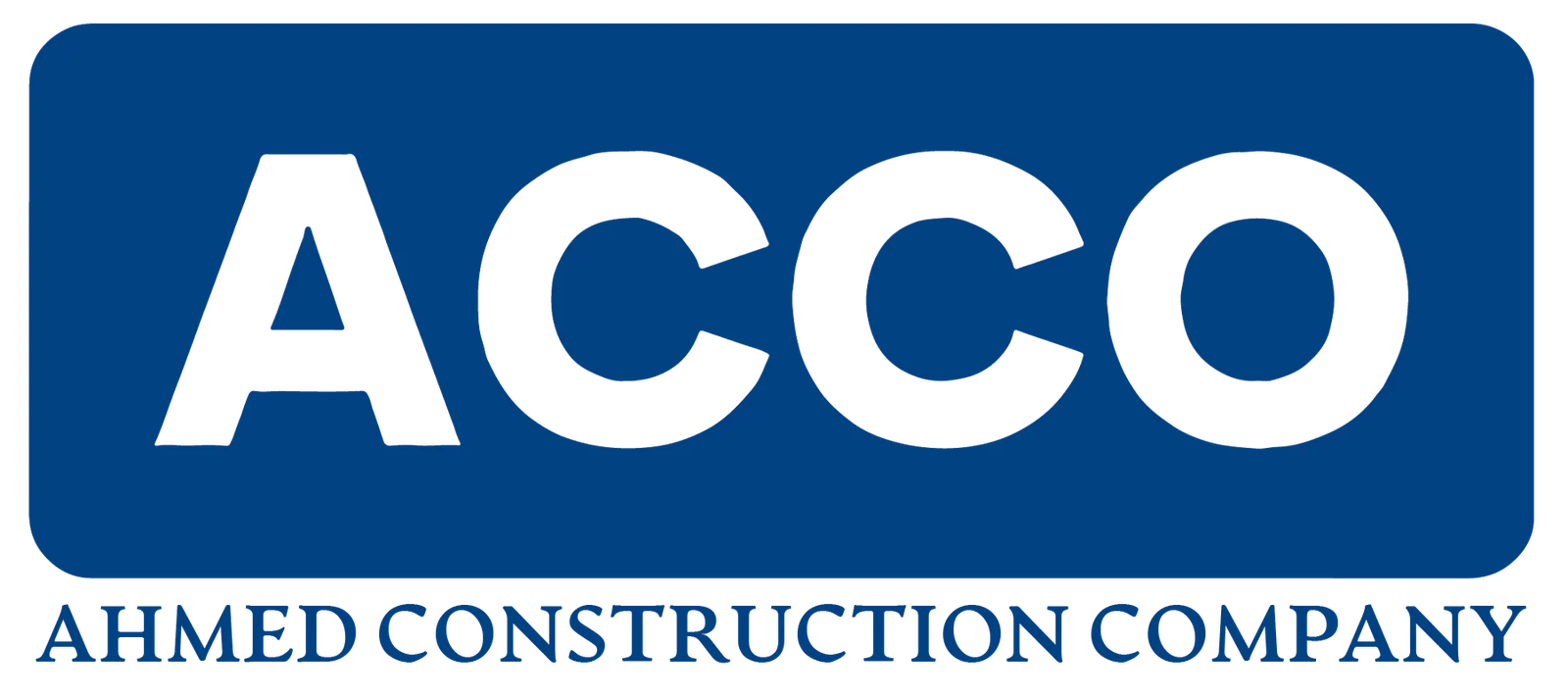
Design Firms Flourish in 2024, Anticipate Uncertainties Ahead
Design firms in the Midwest are riding high after a good year in 2024, but they are keeping a watchful eye on tariffs, rising prices and other economic uncertainties that may dim the outlook for 2025 and beyond.
ENR Midwest’s Top Design Firm ranking garnered submittals from 118 firms, which reported a total of $10.51 billion in revenue in 2024 compared with $9.14 billion in revenue reported from 114 firms for 2023.
Public and Private Sectors
Both private and public sectors are driving business for Indianapolis-based American Structurepoint.
“A significant portion of our business continues to be driven by public transportation funding provided by the Infrastructure Investment and Jobs Act (IIJA), enacted in November 2021,” says Steve Davidson, the company’s chief strategy officer and partner.
“Another factor driving business is the high-tech industrial market,” he adds. “This is fueled by a national focus on returning manufacturing to the U.S. and building microchip and semiconductor facilities, especially in Indiana, Ohio and Texas.”
HNTB, headquartered in Kansas City, Mo., is also seeing momentum, prompted by “rapid advancements in technologies like artificial intelligence and the growing use of data analytics [that are] reshaping how communities plan, deliver and operate their transportation networks,” says Mike Inabinet, Central regional president.
He also notes strong activity in the highway sector, which is focused on the modernization and improvement of aging corridors.
“The diversity of business in our strategic sectors helps us navigate fluctuations in the economy.”
—Bob Pavlicek, COO, Central Operating Group, Terracon
“This has opened up discussion on new ways to approach highway design to make them more resilient and sustainable,” he says. “This includes a more holistic approach in terms of goals for modernized highways that includes not just a focus on connectivity and mobility, but on how they can best support regional economic development efforts while connecting communities.”
Bob Pavlicek, chief operating officer for the central operating group for Terracon, based in Olathe, Kan., says the engineering consulting industry for environmental services also is busy, driven by clients’ needs to reduce carbon footprints, manage natural resources and ensure compliance with environmental standards.
“The diversity of business in our strategic sectors helps us navigate fluctuations in the economy,” he says.
While transportation and architecture sectors are flourishing, Davidson says, “The federal sector is a bit slower due to uncertainties surrounding federal funding for agencies such as the General Services Administration and the Veterans Administration.
“Defense project funding will remain strong, but questions persist about federal funding for other programs and capital,” Davidson adds.

American Structurepoint is providing architecture design services for a $12-million clubhouse and event center at the Ridgewood Golf Course in Parma, Ohio.
Photo courtesy of American Structurepoint
Expanding Reach
Over the past two years, Terracon has expanded its expertise and geographic presence through strategic acquisitions including adding PMI and Harbor, both based in Arkansas.
These acquisitions have enhanced Terracon’s abilities in various areas: environmental assessments, remediation, permitting, regulatory compliance, health and safety, environmental drilling, sustainability consulting, archaeological and cultural resource management, architectural history and geoarchaeology, Pavlicek says.
American Structurepoint also has grown. It opened a new design center in Akron, Ohio, in December 2024, and is currently seeking office space in the Dallas area.
“We are expanding our services, both in existing locations and new geographic areas, particularly those with growing populations,” Davidson says. “We are expanding to enhance our portfolio, extend our geographic reach and strengthen our foundation for future success.”
The company seeks to grow by 10% to 15% in 2025 to meet the market need for technical, engineering, architecture and field staff, Davidson says.
Opportunities
HNTB sees an ever-increasing demand related to how to better leverage data and digital technology to transform how infrastructure systems are managed and operated, including decision-support systems, digital twins, enterprise data strategies, advanced mobility plans, transit automation systems, advanced tolling and revenue systems, weigh-in-motion technologies, truck parking solutions and AI-driven strategies.
“This digital transformation is critical to delivering safer, more efficient and more resilient infrastructure for the future,” Inabinet says.
Looking Ahead
Rising costs are a challenge that all firms are facing.
“There is concern about rising construction commodity costs due to the high volume of imports and uncertainty about how tariffs will impact these prices,” Davidson says.
He predicts that, as the price of project components rises, some owners will defer work.
“We have seen some projects pushed out in Indiana, Texas and other states due to budgetary concerns,” Davidson says.
He adds that the company has “muted” concern about how federal staffing [reductions] will impact projects.
“Federal transportation projects can face strict time constraints on the use of allocated funds or grants, requiring construction phases to begin within specific deadlines to avoid losing funding,” he notes.
Despite such concerns, design firms are hopeful. “Our outlook is a bit guarded but remains positive,” Davidson says. “We see 2025 as a strong year of growth for us, but perhaps not as robust as in 2024 due to inflation and continued economic uncertainty.”
Post a Comment
You must be logged in to post a comment.





